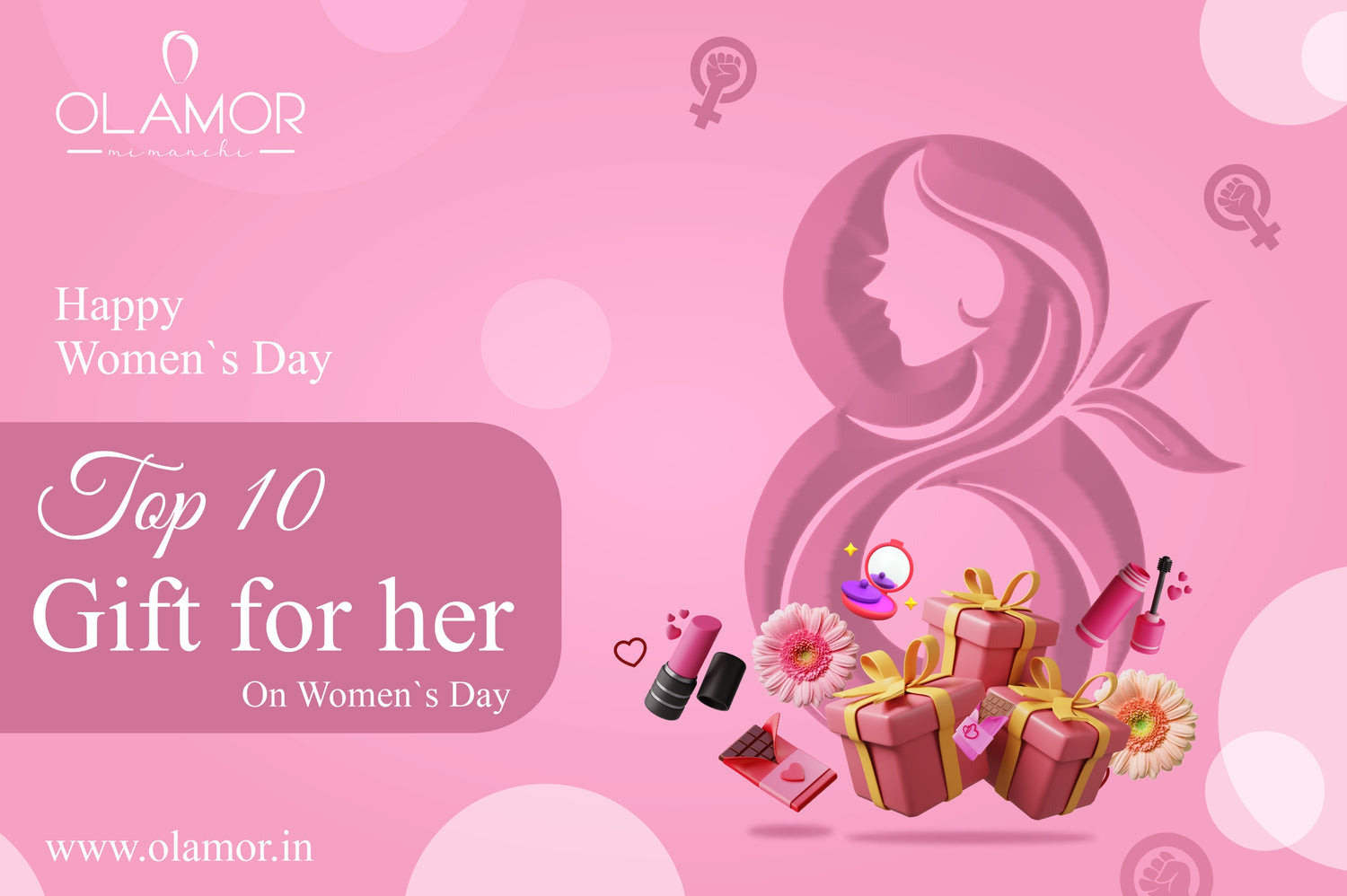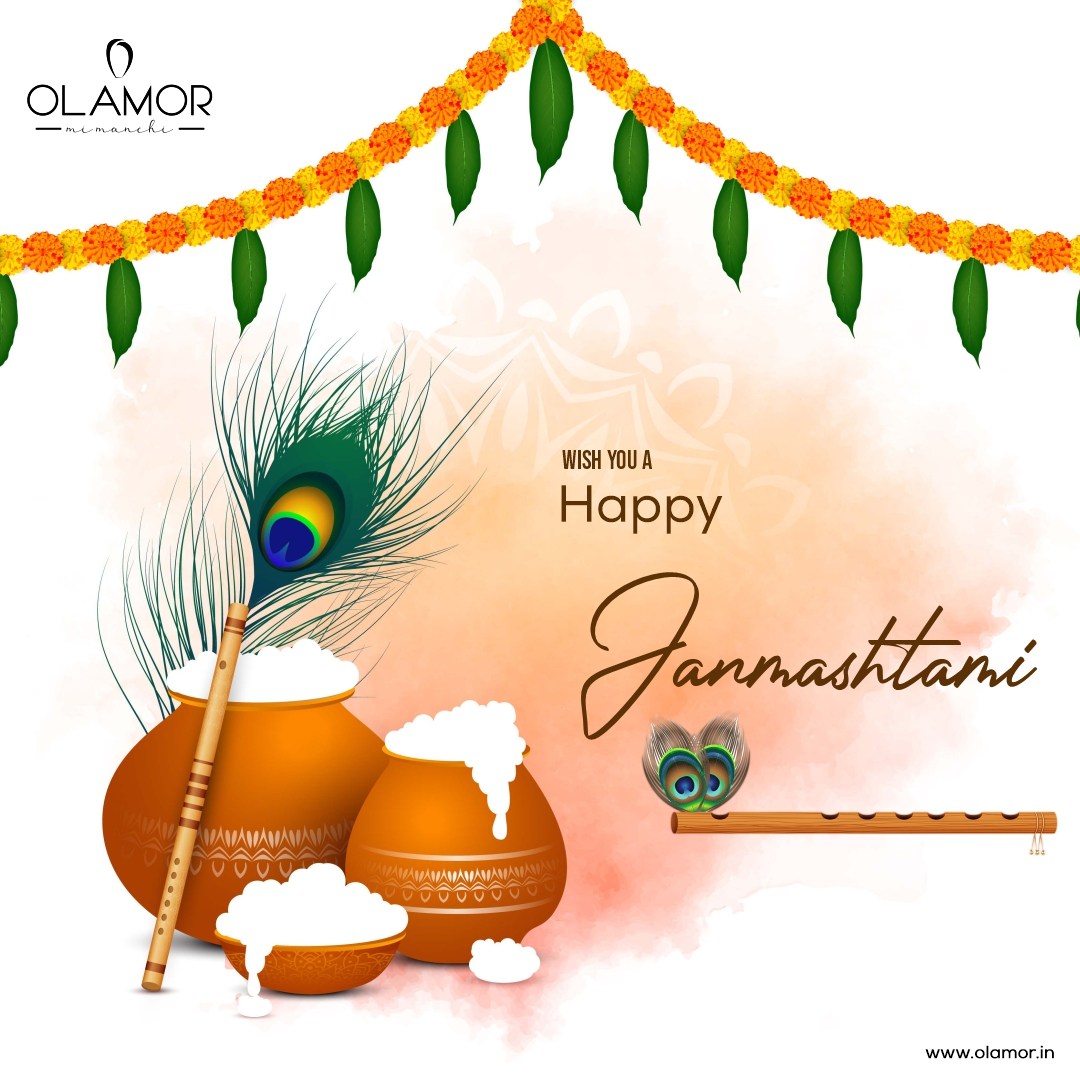Holi
Holi, the vibrant Festival of Colors, is a joyous celebration marked by playful camaraderie and traditional rituals. The celebration kicks off with the traditional ritual of Holika Dahan, marked by the lighting of bonfires, representing the symbolic victory of righteousness over malevolence. The festivities then continue with Rangwali Holi, where people gleefully splash each other with vibrant gulal and water balloons, armed with playful weapons like the pichkari. Alongside the colorful revelry, traditional sweets like gujiya and refreshing drinks like thandai are shared among friends and family. The air is filled with laughter and music as communities come together to embrace the spirit of unity and joy. This jubilant occasion culminates with Dhuleti, a day of exuberant merriment where the streets are ablaze with the riotous colors of Holi, creating dazzling Rangoli patterns and spreading happiness far and wide. As the sun sets on the first day of Holi, communities gather around the crackling bonfires, singing and dancing to traditional folk songs. The flickering flames signify the triumph of righteousness and the vanquishing of negativity. Friends and families exchange warm embraces and heartfelt wishes, strengthening bonds and fostering goodwill. The aroma of savory snacks fills the air, and laughter echoes through the night as people come together to celebrate the beauty of life and the promise of new beginnings. Holi, with its kaleidoscope of colors and infectious energy, transcends barriers and spreads joy to all who partake in its festivities.

Why do we celebrate Holi?
Holi festivities signify the onset of spring and the symbolic victory of righteousness over malevolence. It has deep roots in Hindu mythology, with legends such as Prahlad and Holika associated with it. The playful aspect of the festival is inspired by the love story of Radha and Krishna. Holi transcends social barriers, bringing people together to celebrate and foster unity. It's characterized by vibrant colors, bonfires, traditional sweets, and music.
Holi, the Festival of Colors, is celebrated to welcome the arrival of spring and to commemorate the victory of good over evil. Rooted in Hindu mythology, it holds significance through legends like Prahlad and Holika, illustrating the triumph of righteousness. The playful tradition of applying colors finds its origins in the love story of Radha and Krishna, where Krishna playfully colored Radha's face. Beyond its religious and mythological roots, Holi serves as a unifying force, bringing people of all backgrounds together to celebrate with joy and harmony. The festival is marked by the splashing of colors, lighting of bonfires, sharing of traditional sweets like gujiya, and the joyous sounds of music and laughter echoing through communities.
What is special about the Holi festival?
Holi holds a special place in the hearts of millions due to its rich tapestry of cultural significance and joyful traditions. As the vibrant colors of gulal fill the air, people come together to celebrate the victory of good over evil, a theme deeply ingrained in Holi's mythology. The festival's playful rituals, from the throwing of colored powders to the spraying of water balloons with pichkaris, evoke a sense of childlike delight and freedom. Families and friends gather to share traditional sweets like gujiya and sip on refreshing glasses of thandai, further enhancing the festive spirit. Holi's essence lies in its ability to unite communities, regardless of differences, in a joyous celebration of life, love, and renewal. It's a time for laughter, forgiveness, and the creation of cherished memories that last a lifetime.

Why do we celebrate Holi with colors?
Holi is celebrated with colors as a joyful expression of the arrival of spring and the vibrancy of life. The tradition of playing with colors during Holi is deeply rooted in Hindu mythology and cultural symbolism. One of the most popular legends associated with Holi is the love story of Radha and Krishna, where young Krishna playfully applied colors;to Radha's face. This act of coloring has since become a beloved tradition, symbolizing the playful and mischievous aspects of love and friendship. Additionally, the colors used during Holi represent the diverse hues of nature and the blooming of flowers during springtime. They also signify the breaking down of barriers and the coming together of people from all walks of life, as everyone is equal under the colorful spectrum of Holi. Furthermore, the throwing of colors during Holi is believed to symbolize the casting away of past grievances and the renewal of relationships, promoting harmony and goodwill among communities. Overall, celebrating Holi with colors is a way to embrace the spirit of joy, renewal, and togetherness, making it a cherished tradition that brings people closer and spreads happiness far and wide.

Mathura-Vrindavan Holi :
Mathura-Vrindavan Holi stands out as a vibrant celebration steeped in historical and cultural significance. Nestled in the heart of Uttar Pradesh, these towns resonate with the tales of Lord Krishna's playful escapades during the festival of colors. As the legend goes, Krishna, revered as the divine prankster, engaged in spirited Holi revelries with his devotees and consorts, particularly in the mystical environs of Vrindavan. Today, this rich heritage is vividly brought to life through traditional rituals and customs, with events like the iconic 'Lathmar Holi' in Barsana, where women playfully wield sticks in a reenactment of Krishna's playful exchanges with the gopis. The air becomes electrified with the sounds of music, laughter, and chants as the towns burst into a riot of colors, inviting visitors from far and wide to partake in the joyous festivities. Mathura-Vrindavan Holi transcends mere religious observance; it serves as a unifying force, fostering community bonding and welcoming all, irrespective of background or beliefs, to join in the celebration of life, love, and togetherness. With its vibrant atmosphere and timeless traditions, Mathura-Vrindavan Holi promises an unforgettable experience that resonates with the essence of India's rich cultural tapestry.

What precautions we can take to not damage skin and hair during Holi?
- Apply Oil or Moisturizer: Before stepping out to play Holi, apply a generous amount of coconut oil, olive oil, or moisturizer on your skin and hair. This creates a protective barrier that makes it easier to wash off colors later and prevents them from penetrating deeply into your skin and hair follicles.
- Cover Exposed Areas: Wear clothing that covers as much skin as possible, such as long-sleeved shirts, full-length pants, and scarves or hats to cover your hair. This reduces direct exposure to colors and minimizes skin and hair damage.
- Use Herbal or Natural Colors: Opt for natural and herbal colors made from flower extracts or food-grade ingredients. These colors are gentler on the skin and less likely to cause irritation or allergic reactions compared to synthetic or chemical-based colors.
- Avoid Scrubbing: When removing colors from your skin and hair, avoid scrubbing vigorously, as this can damage the skin and strip away natural oils from your hair. Instead, use a gentle cleanser or shampoo and lukewarm water to rinse off the colors gradually.
- Moisturize After Washing: After washing off the colors, apply a soothing moisturizer to hydrate your skin and replenish moisture lost during the festivities. For your hair, use a nourishing conditioner to restore hydration and minimize damage.
- Protect Your Eyes: Wear sunglasses or protective eyewear to shield your eyes from colored powders and prevent irritation or injury. This helps protect the delicate skin around your eyes and reduces the risk of eye irritation.
- Stay Hydrated: Drink plenty of water before and during the celebrations to stay hydrated, as dehydration can make your skin and hair more susceptible to damage. Avoid excessive consumption of alcohol, as it can dehydrate your body and worsen skin and hair conditions.
Can I wear makeup on Holi?
- Use Primer: Apply a makeup primer before applying any makeup products. Primer creates a barrier between your skin and the colors, helping to prevent them from seeping into your pores and staining your skin.
- Waterproof Makeup: Use waterproof makeup products, such as waterproof mascara, eyeliner, and foundation, to prevent smudging or running when exposed to water or colored powders.
- Minimal Makeup: Keep your makeup minimal and light. Avoid heavy foundation or powders, as they can mix with the colors and create a cakey or uneven appearance. Opt for tinted moisturizers or BB creams for a natural look.
- Protect Your Eyes: Wear sunglasses or protective eyewear to shield your eyes from colored powders and prevent irritation or injury. This also helps protect your eye makeup from getting smudged or washed away.
- Avoid Lipstick: Instead of regular lipstick, consider using tinted lip balms or lip stains that provide color without being too heavy or prone to smudging.
- Touch-Up Kit: Carry a touch-up kit with you containing essentials like blotting papers, tissues, and a small mirror. This allows you to quickly touch up your makeup if needed during the festivities.
- Remove Makeup Carefully: After Holi celebrations, remove your makeup gently using a mild cleanser or makeup remover. Avoid scrubbing your skin too harshly, as it can cause irritation or sensitivity, especially after exposure to colors.

Which oil to apply before playing Holi?
- Coconut Oil: Coconut oil is a popular choice due to its moisturizing properties and ability to create a protective barrier on the skin and hair. It helps prevent colors from penetrating deeply into the skin and makes it easier to wash off the colors later.
- Olive Oil: Olive oil is another excellent option for pre-Holi oiling. It is rich in antioxidants and moisturizing properties, making it effective in protecting the skin and hair from damage caused by colors.
- Mustard Oil: Mustard oil has been traditionally used for oiling before Holi celebrations. It has antibacterial and anti-inflammatory properties that can help protect the skin from irritation and damage caused by colors.
- Almond Oil: Almond oil is known for its nourishing properties and is suitable for all skin types. It forms a protective layer on the skin and hair, preventing colors from staining and making it easier to remove them later.
- Baby Oil: Baby oil, which is typically mineral oil-based, can also be used for pre-Holi oiling. It is gentle on the skin and helps create a barrier against colors, making it easier to wash them off afterward.

Is Holi color bad for hair?
Holi colors, often containing synthetic dyes or chemicals, can harm hair by stripping its natural oils, leading to dryness and breakage. Abrasive particles in these colors can roughen the hair cuticle, causing tangling and further damage. To mitigate risks, applying oil before festivities forms a protective barrier. Afterward, using a gentle, color-safe shampoo is crucial for thorough cleansing. Hot water should be avoided, as it can worsen dryness. Following up with a moisturizing conditioner replenishes lost hydration. Gentle detangling with a wide-tooth comb is essential to prevent breakage. Proper hair care post-Holi ensures its health and vibrancy.

Does Holi color affect your skin?
- Apply a layer of oil or moisturizer on your skin before playing Holi to create a protective barrier.
- Using natural or herbal colors made from flower extracts or food-grade ingredients, which are gentler on the skin.
- Avoiding colors that contain harsh chemicals or metallic pigments, as they can cause more significant irritation.
- Washing off the colors promptly after the celebrations with a gentle cleanser or soap and lukewarm water.
- Moisturizing your skin afterward to replenish moisture and soothe any irritation.

How to take care of hair in Holi?
- Apply Oil Beforehand: Coat your hair thoroughly with oil, such as coconut oil, olive oil, or almond oil, before stepping out to play Holi. Applying oil to your hair before playing Holi serves as a protective measure, forming a barrier that reduces the penetration of colors into the hair shaft and facilitates easier removal during washing.
- Cover Your Hair: Wear a hat, scarf, or bandana to cover your hair and protect it from direct exposure to colors. This additional layer of protection can help minimize damage and make it easier to clean your hair afterward.
- Tie Your Hair: If you have long hair, tie it up in a bun, braid, or ponytail to minimize exposure to colors. This prevents tangling and reduces the chances of colors getting tangled in your hair.
- Avoid Excessive Manipulation: Refrain from excessively touching, rubbing, or scratching your hair while playing Holi, as this can cause colors to penetrate deeper into the hair shaft and lead to more significant damage.
- Use a Color-Safe Shampoo: After Holi celebrations, wash your hair thoroughly with a gentle, color-safe shampoo to remove the colors. Avoid using hot water, as it can strip the hair of its natural oils and exacerbate dryness.
How to take care of your skin in Holi?
- Wear long-sleeved clothing and pants to minimize direct exposure to colors. Consider covering exposed areas of your skin with a scarf, hat, or bandana for added protection.
- Use natural or herbal colors made from flower extracts or food-grade ingredients, as they are gentler on the skin and less likely to cause irritation or allergic reactions.
- Avoid colors that contain harsh chemicals or metallic pigments, as they can cause more significant irritation or sensitivity.
- After Holi celebrations, wash your skin thoroughly with a gentle cleanser or soap and lukewarm water to remove colors. Avoid scrubbing too harshly, as it can further irritate your skin.
- Moisturize your skin after washing to replenish moisture and soothe any irritation. Choose a moisturizer that is suitable for your skin type and contains calming ingredients such as aloe vera or chamomile.
- If you experience any skin irritation or allergic reactions after playing Holi, apply a cold compress or soothing lotion to affected areas and avoid further exposure to colors.,

How to remove the holi color from the face?
- Use Lukewarm Water: Begin by rinsing your face with lukewarm water to help loosen the colors from your skin.
- Gentle Cleanser: Apply a mild, gentle cleanser to your face and massage it gently. Choose a cleanser suitable for your skin type, preferably one that is formulated to remove impurities without drying out the skin.
- Avoid Harsh Scrubbing: Avoid scrubbing your face too vigorously, as this can irritate the skin and worsen any color stains.
- Repeat if Necessary: If the colors are stubborn and don't come off easily, repeat the cleansing process once or twice more until the colors are completely removed.
- Moisturize: After washing off the colors, pat your face dry with a soft towel and follow up with a moisturizer to replenish hydration and soothe any irritation.
- Use Oil or Cleansing Balm: If the colors are particularly stubborn, you can use oil or a cleansing balm to help break them down. Apply the oil or balm to your face, massage gently, and then rinse off with lukewarm water.
- Avoid Harsh Chemicals: Avoid using harsh chemicals or alcohol-based products to remove the colors, as they can strip the skin of its natural oils and cause further irritation.

"Rejuvenating Your Skin After Holi Celebrations: Exploring Olamor D-Tan Instant Whitening Treatment Cream"
In the aftermath of festive occasions like Holi, many individuals encounter issues such as skin tanning, uneven skin tone, and lingering color stains. Addressing these concerns requires effective skincare solutions that can restore the skin's natural radiance. Olamor, a reputable skincare brand, offers a solution with its D-Tan Instant Whitening Treatment Cream. This product is formulated to combat skin discoloration and revitalize the complexion, resulting in a brighter and more even-toned appearance. Specifically designed for post-festivity skincare routines, Olamor's D-Tan Cream effectively eliminates stubborn color stains, helping users achieve radiant skin. Through this comprehensive blog, we aim to provide valuable insights into the benefits of Olamor D-Tan Instant Whitening Treatment Cream and its role in rejuvenating the skin after festive celebrations. Let's delve into the details.

Conclusion
Holi, the Festival of Colors, brings joy and camaraderie as people come together to celebrate the triumph of good over evil. While the festivities are filled with fun and laughter, it's essential to take care of your skin and hair to avoid damage from the colors used during the celebrations. By following simple precautions and using the right skincare and haircare products, you can enjoy Holi while keeping your skin and hair healthy and vibrant.







